Spotify Logo Design: History & Evolution

Image Courtesy: Spotify
In the ever-changing landscape of digital music, the Spotify logo design stands out as an iconic representation of streaming in today's world. Since its inception, Spotify's logo has undergone several transformations, capturing the essence of the brand while resonating with its wide user base. If you're a graphic designer, you've likely admired the simplicity and evolution of the Spotify logo design.
Whether you're just curious about its history or seeking inspiration for your next project, the Spotify logo's journey is a testament to innovative branding and design. From color shifts to emblematic changes, the logo has become a symbol of music at our fingertips. In this article, we'll take a deep dive into the history and evolution of Spotify logo design, analyzing what makes Spotify play a crucial role in connecting with millions and how it has been tweaked to perfection over time. So tune in, fellow designers, and let's explore the graphical notes that harmonize Spotify's visual identity..
Spotify Logo Design History
2008 - 2013
The dawn of the Spotify era came with a logo that, to this day, retains its charm in the annals of design history. When we trace back the Spotify logo design to its roots in 2008, we uncover a lively emblem that encapsulated the spirit of the platform.
Introduced in 2008, the initial Spotify logo design was refreshingly fun and carefree, quite unlike any of its contemporaries. It featured a solid green square badge, but what truly set it apart were the playful details that conveyed a sense of rhythm and melody. This was a logo that danced to its own beat!
The inscription along the bottom of the badge was crafted in a white outline serif typeface, executed in title case. What made this typeface truly unique was the placement of the letters. Positioned unevenly, the letters seemed to dance, mirroring the feelings of joy and liberation that come with finding your favorite music through the app. It was more than just a name; it was a visual representation of having fun with music.
Above the letter "O" were three arched lines of different lengths and thicknesses, representing sound waves. These lines were more than mere adornments; they symbolized the essence of Spotify. The streaming service wasn't just about playing music; it was about experiencing it, feeling the sound vibrate through you. Those simple lines encapsulated the core function of the platform: connecting users with the music they love.
The color scheme of the Spotify logo design during this period was also notable. The green square badge was bold, capturing attention and symbolizing growth, freshness, and creativity. This choice of color resonated with Spotify's mission to revolutionize the way people listened to music.
As graphic designers, we can appreciate the thoughtfulness that went into creating a logo that was both aesthetically pleasing and meaningful. The logo's elements were carefully chosen to represent the brand's ethos, resonating with its target audience. It was modern and fun, yet classic in its appeal.
The Spotify logo design from 2008 to 2013 was indeed an embodiment of the brand itself. It spoke of innovation, creativity, and the sheer joy of music. Its dancing letters and sound waves were more than just design elements; they were the heartbeat of a brand that was set to change the way we all interact with music.
By 2013, the world had embraced the digital music revolution, and Spotify was at the forefront. Yet, like all great designs, it was time for evolution. The playful logo had served its purpose, but Spotify's growth and maturity demanded a fresh approach. As we'll see, the subsequent redesigns retained the essence while refining the aesthetics, continuing the legacy of one of the most recognizable logos in digital music.
In examining the Spotify logo design during these formative years, we're reminded of the power of thoughtful design. It's a testament to how shapes, colors, and typefaces can come together to create something that doesn't just represent a brand but dances with it. So keep those creative juices flowing, fellow designers, and let the Spotify logo be your muse!

Image Courtesy: Spotify
2013 - 2015
The transitional years between 2013 and 2015 marked a significant evolution in Spotify logo design, reflecting the company's growing maturity and expanding user base. For graphic designers and brand enthusiasts alike, the 2013 redesign was a clear signal that Spotify was no longer the playful newcomer but a confident leader in the world of music streaming.
The redesigned Spotify logo of 2013 introduced a more laconic and clean look that was both fresh and focused. Gone was the dancing serif typeface, replaced by a smooth modern sans-serif typeface with thick rounded lines and straight cuts. This confident and solid black logotype was more reflective of a brand that had found its footing and was forging ahead.
What made this redesign truly significant was the transformation of the emblem. While it retained a connection to its roots, the logo's green square badge was replaced with a circular emblem on the left, making the overall appearance more sleek and streamlined. The emblem itself was a solid green circle with three white arched lines, just like the ones on the previous version. Yet this time, they were defined with a thin black outline, creating an embossed effect on the green background. This subtle alteration added depth and texture to the logo, embodying a more sophisticated look.
The choice of a green color for the emblem maintained continuity with the brand's identity, ensuring that the new Spotify logo design was instantly recognizable to its users. The bright green circle, combined with the embossed arched lines, offered a bold contrast to the black logotype, creating a visual balance that was pleasing to the eye.
As graphic designers, we can appreciate the art of redesigning a well-known logo without losing its essence. The 2013 Spotify logo design is a masterclass in this fine balance. While the playful elements were toned down, the core symbolism remained intact, preserving the connection to music and sound that has always defined the brand.
The period from 2013 to 2015 was a time of growth and establishment for Spotify. The redesigned logo echoed this sentiment, positioning Spotify as a robust and contemporary platform without completely letting go of its playful past. It was a visual representation of a brand evolving, maturing, and yet never losing sight of what made it unique.
The Spotify logo design between 2013 and 2015 serves as an inspiring example for designers looking to evolve a brand without losing its soul. It's a reminder that logos are more than just images; they're the face of a brand, constantly evolving, yet always rooted in their core identity. For those of us immersed in the world of design, the Spotify logo's transition is a melody of creativity, innovation, and intelligent design that continues to resonate. It's a tune we can all learn from and dance to as we shape the visual stories of tomorrow.

Image Courtesy: Spotify
2015 - Present
Continuing its journey of innovation and adaptability, the Spotify logo design underwent another significant transformation in 2015. The result was a logo that feels as fresh and lively as the music streaming through the app. As graphic designers, we can take a moment to appreciate how the Spotify logo's latest iteration continues to strike a chord with users while reflecting the brand's ongoing evolution.
In 2015, the Spotify logo was redesigned with a clear intention to project a friendlier and more welcoming image. While retaining the familiar bright green color and the three white lines on the emblem, the new wordmark subtly altered the vibe. The letters were enlarged, and though written in the same typeface as the previous design, the overall effect was more approachable and engaging.
The magic of the green color in the Spotify logo design can't be understated. It's not just about being vivid and kind; it's a visual representation of progress, growth, and success. This particular shade of green captures the essence of Spotify's innovative spirit, providing a visual continuity that has become synonymous with the brand.
The emblem's three white lines, a consistent feature through all iterations of the Spotify logo design, are more than mere visual elements. They connect the logo to its roots, symbolizing sound and the emotional connection users have with music. It's a masterstroke of design continuity, maintaining a link with the past while adapting to the present.
What makes the Spotify logo design from 2015 to the present truly remarkable is its ability to reflect the brand's personality in such a subtle yet effective manner. It's not just about looking good; it's about conveying the brand's identity, its values, and its relationship with its users. The redesigned logo speaks volumes without saying a word, and that's what makes it so compelling.
As we explore the evolution of the Spotify logo design, it's evident that each phase was more than just a visual update; it was a thoughtful response to the brand's growth, the changing dynamics of the music industry, and the evolving expectations of users. It's a lesson in how design can be dynamic, responsive, and yet rooted in core principles.
The Spotify logo design from 2015 to the present is a testament to the power of intelligent design that evolves with the times yet remains unmistakably true to its identity. It's a lesson in how color, form, and typeface can come together to tell a story that resonates with millions. For those of us in the world of graphic design, it's a harmonious composition of creativity and branding that continues to inspire. Let's keep listening to what the Spotify logo has to say, for it sings a tune of modern design that's worth dancing to!

Image Courtesy: Spotify
Analysis: Spotify Logo Design Evolution
The evolution of the Spotify logo design is more than just a sequence of aesthetic changes; it's a vivid illustration of a brand that knows how to groove with the times. From its playful beginnings to its current sophisticated form, the Spotify logo has danced its way into the hearts and minds of millions. Join me, fellow designers, as we delve into a rich analysis of this iconic design, exploring the creativity, continuity, and innovation that define the Spotify logo's visual symphony.
Consistency and Innovation
Throughout its history, the Spotify logo design has managed to strike a unique balance between consistency and innovation. The emblem's three white lines have remained a constant, symbolizing sound and connecting each iteration. At the same time, the alterations in shape, color, and typography demonstrate a willingness to adapt, evolve, and keep the design fresh and engaging.
Color Symbolism
The green color is a standout feature of the Spotify logo design. It's more than just an eye-catching hue; it symbolizes growth, progress, and success. The transition from a solid green square to a vivid bright green circle wasn't merely aesthetic; it mirrored Spotify's dynamic growth and vibrancy as a leading music streaming platform.
Typography Matters
Typography has played a significant role in the evolution of the Spotify logo design. From playful dancing letters to a smooth, modern sans-serif typeface, each change in typography has aligned with the brand's personality. The choice of typeface has subtly shifted the logo's tone, reflecting Spotify's transition from a cheerful newcomer to a confident industry leader.
The Importance of Emotion
The Spotify logo design doesn't just look good; it feels good. Whether it's the playful initial design or the more sophisticated recent versions, the logo conveys a connection to music, joy, and creativity. It's a visual that resonates emotionally, creating a brand image that users can relate to and embrace.
A Lesson in Branding
The evolution of the Spotify logo design is a masterclass in effective branding. It demonstrates how a logo can maintain its core identity while adapting to changes in the market, technology, and user expectations. It's not just about creating a beautiful image; it's about telling a consistent story that grows with the brand.
In analyzing the Spotify logo design evolution, we see a harmonious blend of art, emotion, and strategic thinking. It's a design that sings, dances, and inspires. For us graphic designers, it offers valuable insights into creating logos that are not only visually appealing but also emotionally resonant and strategically aligned with a brand's journey. Let's keep our design playlists updated and continue to draw inspiration from the visual melodies of icons like Spotify. It's a tune that never gets old!

The Philosophy & Meaning Behind Spotify Logo Design
The Spotify logo design isn't just an attractive visual element; it's a philosophy, a declaration of what the brand stands for. It sings a song of innovation, engagement, and emotional connection with its audience. Join me as we explore the depth of thought, the creativity, and the strategic brilliance that gives life to the Spotify logo design. Here are five key aspects that reveal the meaning and philosophy behind this iconic emblem.
Symbolizing Sound & Connection
The three white lines in the Spotify logo design aren't arbitrary strokes. They are carefully crafted to represent sound waves, a visual metaphor that resonates with Spotify's core mission of connecting people to music. These lines create an immediate connection with the audience, emphasizing Spotify's role as a bridge between listeners and their favorite tunes.
The Power of Green
Green is more than a color in the Spotify logo design; it's a philosophy. Representing growth, progress, and innovation, the choice of green reflects Spotify's commitment to continually evolve and bring fresh, exciting content to its users. It's a shade that stands for optimism and creativity, aligning perfectly with the brand's dynamic spirit.
Typographical Evolution
From uneven playful letters to a modern sans-serif typeface, the typography in the Spotify logo design tells a story of maturation. The gradual shift in typeface mirrors Spotify's growth from a fledgling service to a global leader in music streaming. It's a subtle yet powerful reflection of a brand that has grown more confident and assertive over time.
User-Centric Design
The Spotify logo design isn't just about looking good; it's about engaging the users. The transformation over the years, from the initial playful design to the more refined recent versions, has been user-centric. The logo has evolved with the audience's tastes and preferences, keeping the connection strong and the engagement high. It's a philosophy that puts the user at the heart of the design.
Embodying the Brand’s Essence
The Spotify logo design is a visual articulation of the brand's essence. It's more than an image; it's a cohesive blend of aesthetics, functionality, and symbolism that communicates Spotify's values. Whether it's the bright green color, the sound-wave emblem, or the welcoming typography, each element works in harmony to convey a brand that's innovative, friendly, and passionate about music.
The philosophy and meaning behind the Spotify logo design are a testament to the power of thoughtful, well-crafted branding. It's not merely about creating a logo; it's about weaving a visual narrative that embodies the brand's soul. As graphic designers, we can draw inspiration from Spotify's harmony of design and philosophy. It's a visual symphony that invites us to listen, learn, and love the art of meaningful design. The Spotify logo design is a melody that keeps playing in the hearts and minds of its audience, and that's the true mark of iconic design.

Image Source: https://adage.com/ | Image Courtesy: Spotify
What Can We Learn from Spotify Logo Design
The Spotify logo design isn't just an emblem for a global brand; it's a classroom for designers. With its seamless blend of creativity, functionality, and strategic alignment, there's a lot to unpack and learn from this logo. So grab your sketchbooks, fellow designers, as we dissect the Spotify logo design and uncover five essential lessons that can elevate our design thinking and practice.
Adaptation Without Losing Identity
The evolution of the Spotify logo design teaches us the power of adaptation. Whether it's a change in color, typography, or structure, each modification was thoughtfully done without losing the core identity. The lesson here? Don't be afraid to innovate and evolve, but always keep a visual thread that connects back to the brand's essence.
Strategic Use of Color
Green isn't just a random choice in the Spotify logo design; it's a well-thought-out decision that resonates with the brand's values. This highlights the importance of color psychology in design. Choosing the right color can communicate emotions, values, and even the mission of a brand, making it a powerful tool in a designer's palette.
Emotional Design Connects
The Spotify logo design is more than a visual; it's an emotional connection with its users. The playful initial letters, the sound-wave emblem, each element is crafted to resonate with the feelings associated with music. The lesson? Design that connects emotionally creates a stronger, more meaningful relationship with the audience.
User-Centric Evolution
One of the most profound lessons from the Spotify logo design is its user-centric approach. The logo didn't just change; it evolved with its users, reflecting their preferences and the changing dynamics of the music industry. This approach underscores the importance of understanding and aligning design with the needs and expectations of the target audience.
Cohesiveness and Harmony
The Spotify logo design is a harmonious blend of various elements that work together to tell a cohesive story. From typography to symbolism, each aspect is meticulously aligned to create a unified visual narrative. This teaches us the value of cohesion in design. Each element, no matter how small, should work towards the same visual goal and brand message.
The Spotify logo design is not just an icon; it's a rich textbook filled with insights and lessons for graphic designers. It’s a reminder that great design is not just about aesthetics; it’s about strategic thinking, emotional resonance, user engagement, and above all, telling a compelling story. As we continue to dance to the tunes of this visual masterpiece, let's not forget to take notes. The Spotify logo design is a symphony of creativity that invites us to listen, learn, and apply these lessons in our own design journeys. Whether a seasoned designer or a fresh talent, the lessons from Spotify's logo are timeless and universally inspiring. Happy designing!
Conclusion
In the grand concert of design, the Spotify logo design plays a symphonic role that resonates with creativity, innovation, and strategic brilliance. As graphic designers, we can draw inspiration from its harmonious blend of elements, learning valuable lessons on adaptation, color psychology, user engagement, and more. The Spotify logo design invites us to dance to its visual rhythms and craft designs that sing, connect, and inspire. So, fellow designers, let's keep our creative playlists updated and continue to create visuals that hit all the right notes, just like the unforgettable melody of the Spotify logo design!
Let Us Know What You Think!
These fantastic logo design articles are written and curated by Kreafolk's team. We hope you enjoy our information and remember to leave us a comment below. Cheers!

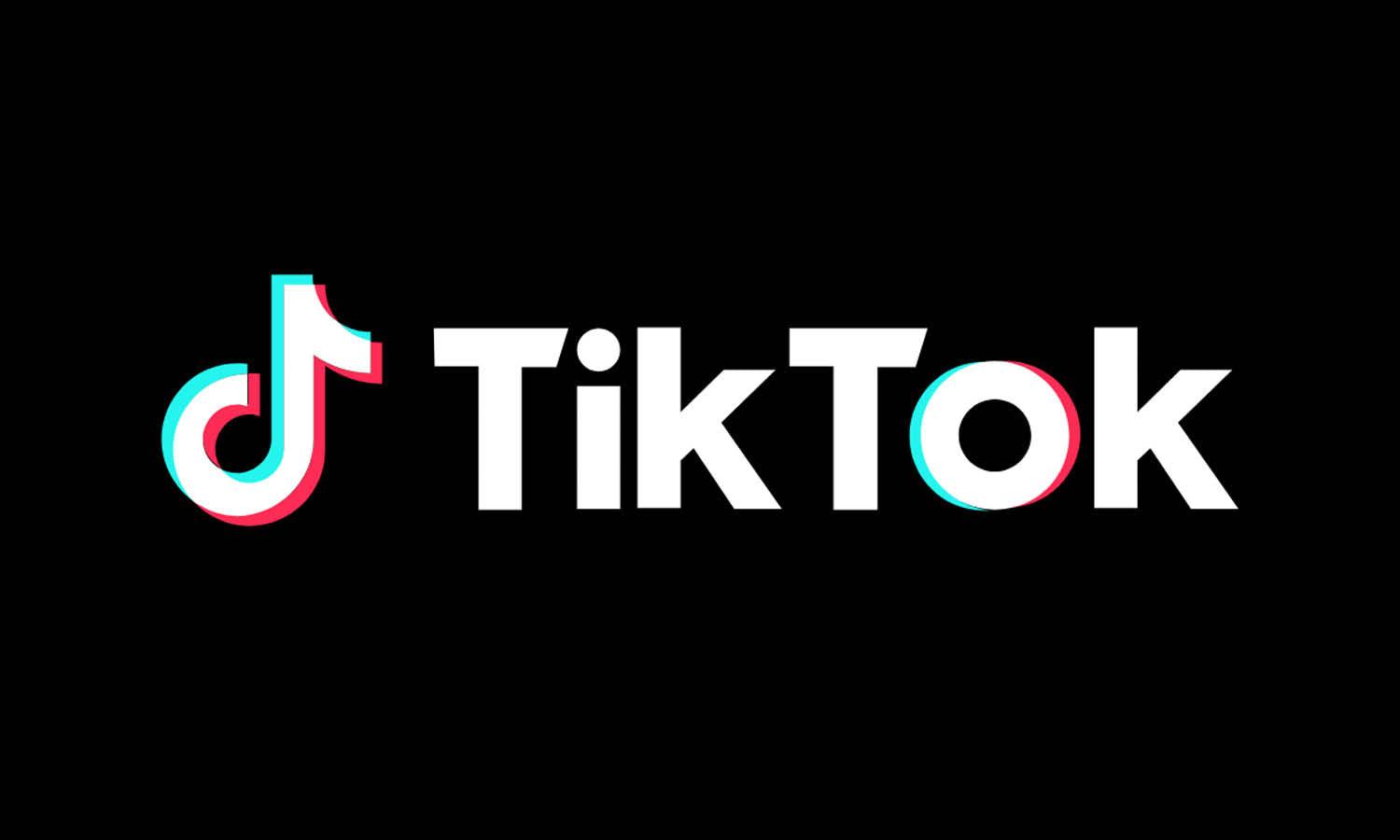
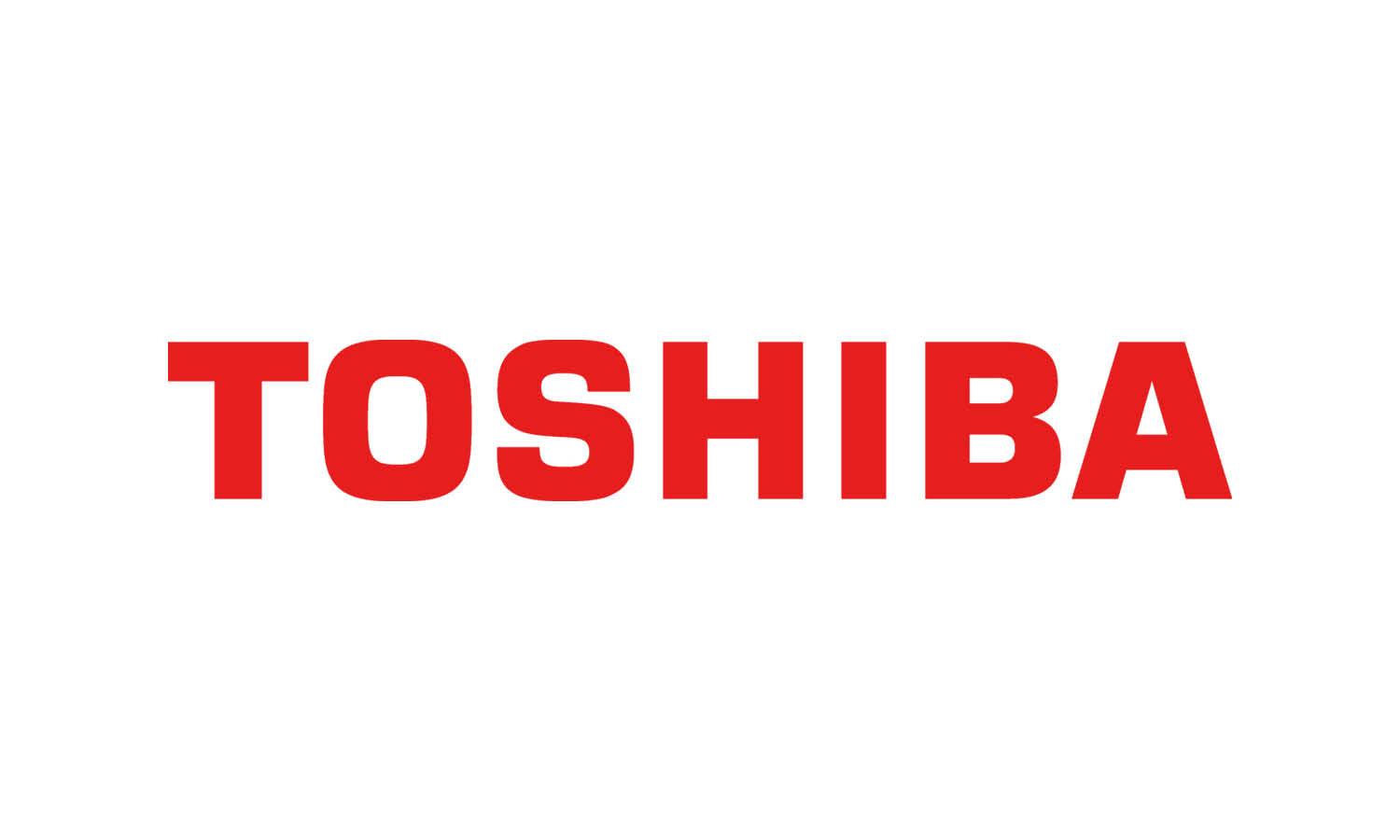
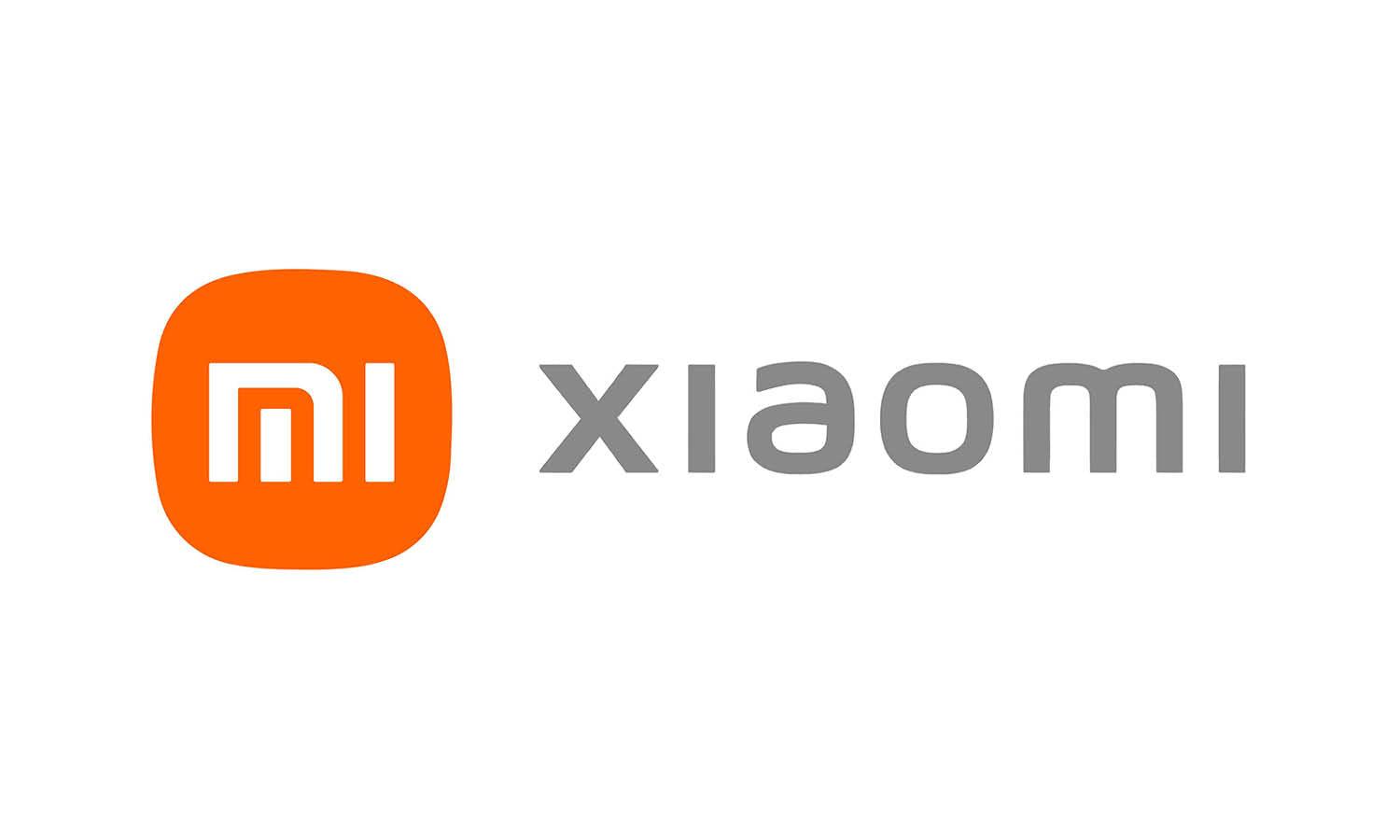

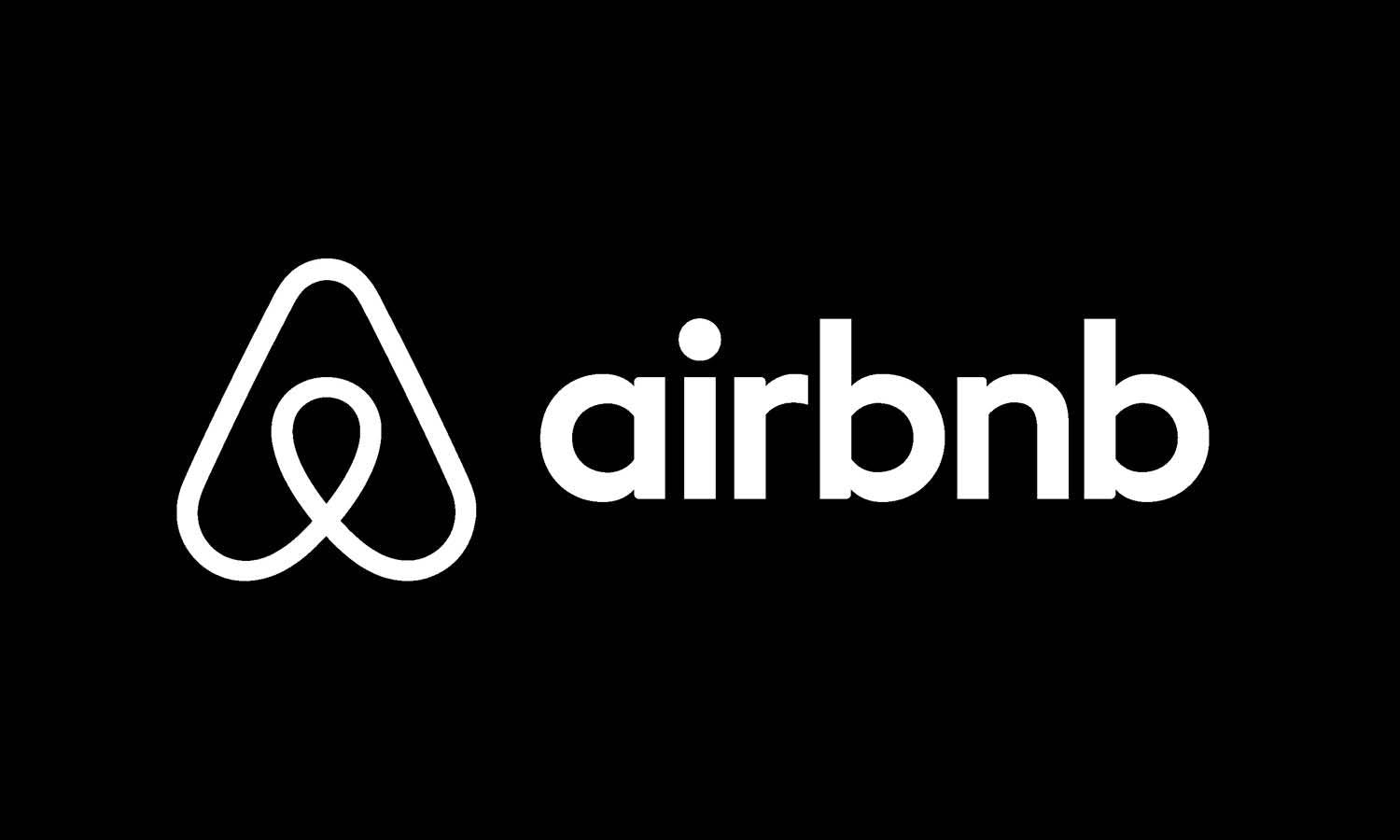

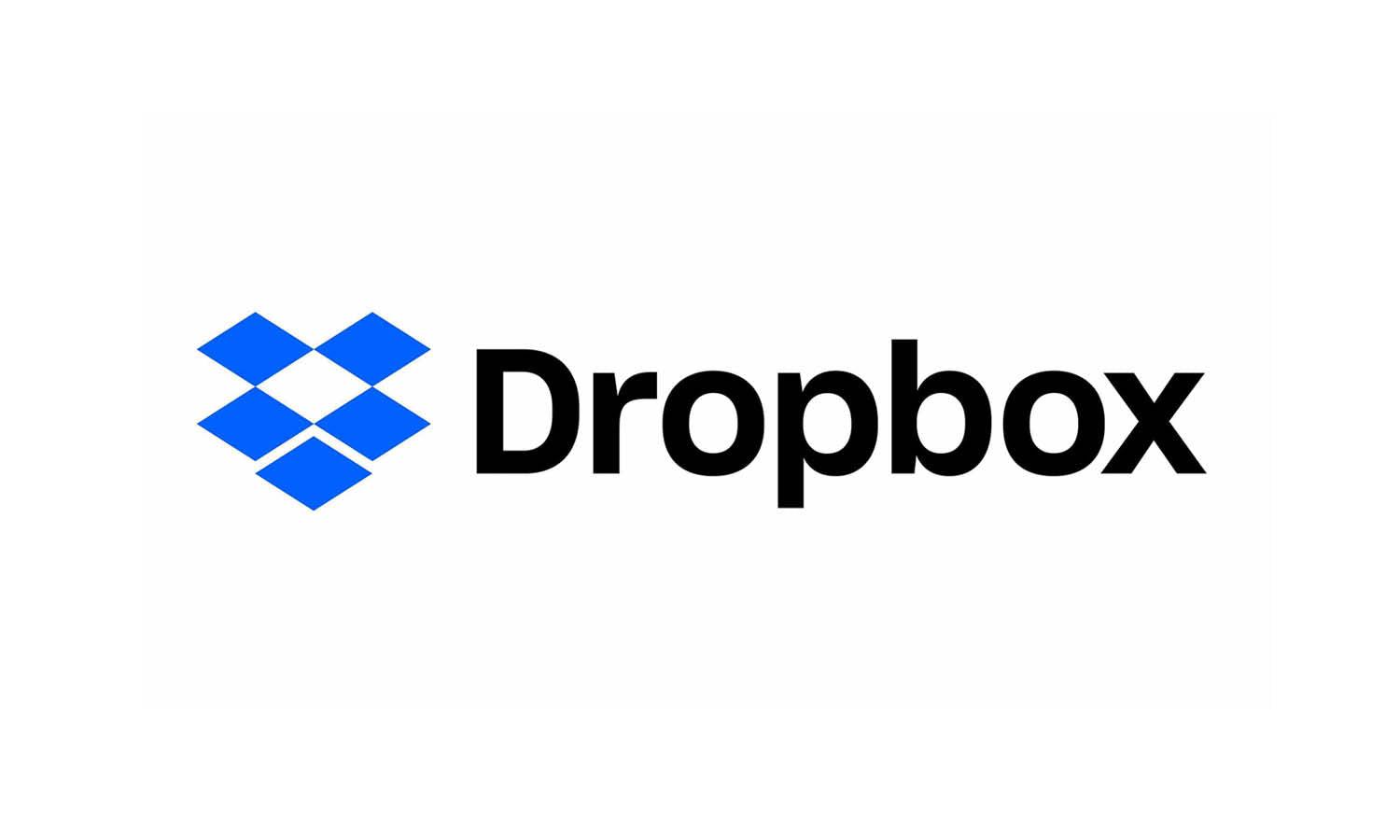








Leave a Comment